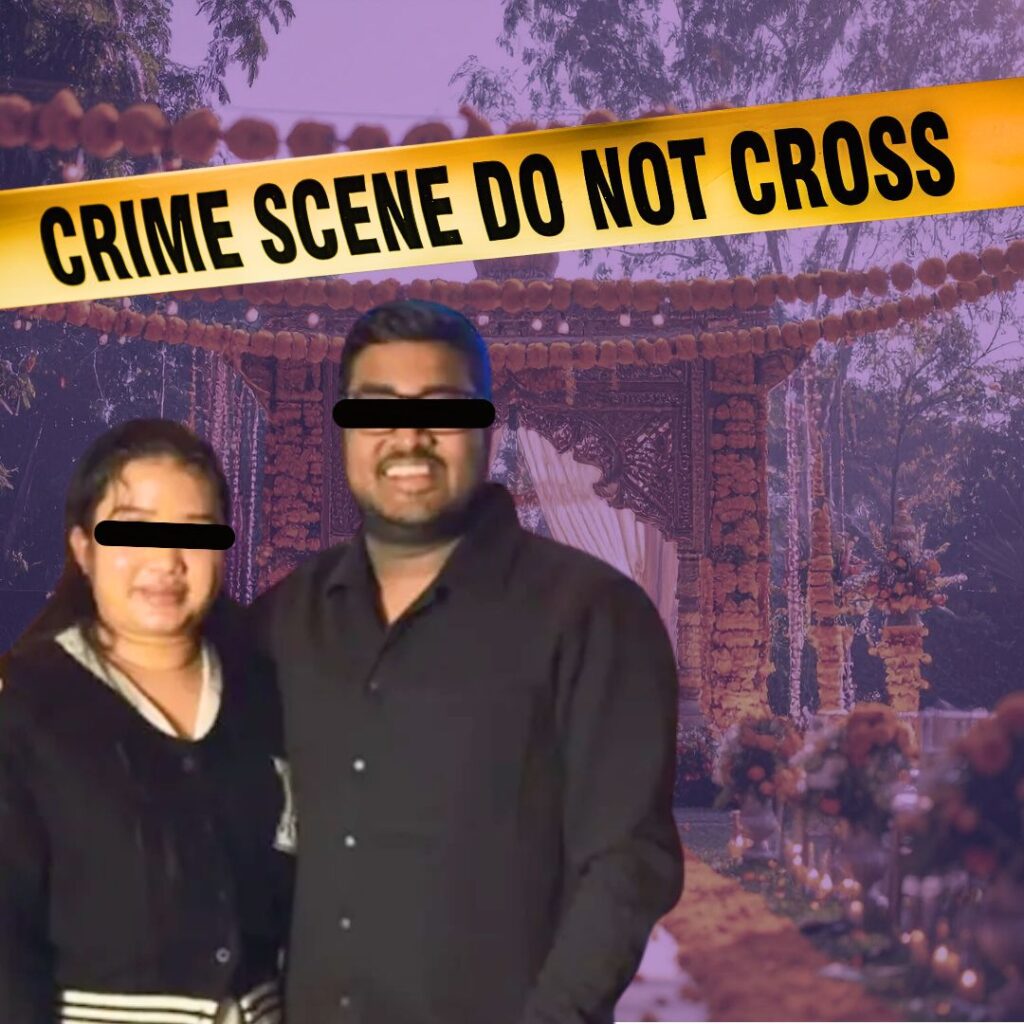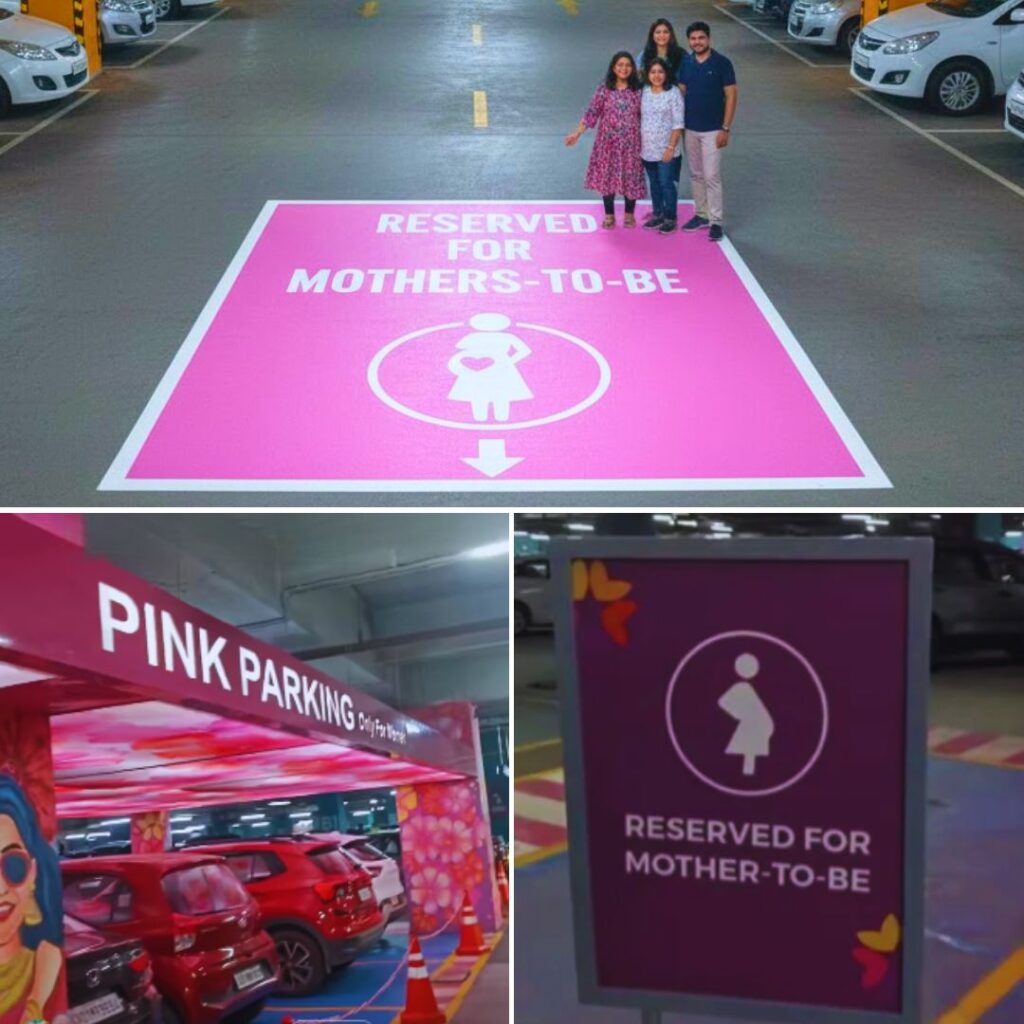Originally published on: catchnews | Reported By SUHAS MUNSHI
Mob justice
- DCW chief Swati Maliwal wanted to stay the release of the juvenile convicted in Delhi gangrape
- There are efforts to amend the Juvenile Justice Act
- One amendment is to treat juveniles involved in heinous crimes at par with adult criminals
The facts
- There has been no increase in heinous crimes by juveniles
- In 2014, 22.4% of the crimes by juveniles were violent crimes, down from 31.8% in 2012
More in the story
- Why the arguments by those demanding stricter punishment for juveniles make no sense
- Do juveniles who are convicted relapse into crime after release?
- What are the proposed amendments to the Juvenile Justice Act
On 21 December, Swati Maliwal, chairperson of the Delhi Commission for Women, made a series of dramatic statements.
She blamed the Rajya Sabha for “cheating the country” out of stricter laws that would protect women and said, “I think the time for candle marches is over. Women should pick up mashaals (torches) instead to demand justice.”
But it’s not quite justice Maliwal seems to be seeking but vengeance. She is symptomatic of the public hysteria that surrounds the release of the juvenile convicted for the rape and murder of Jyoti Singh Pandey, or Nirbhaya as she is universally known.
Two days earlier, Maliwal had approached the Supreme Court at midnight to try and stop his release. She urged the court to order a report on his “psychological status” and called it a “black day for women” when the court upheld the law and allowed the release.
Maliwal’s sentiments are echoed by frenzied street demonstrators, political parties and television channels who are collectively demanding that this particular juvenile remain in incarceration.
They also want the law governing juveniles to be changed and the age of adult culpability lowered from 18 to 16.
In essence, this means instead of rehabilitation homes, child offenders would be put into adult jails – alongside other hardened criminals — and could also be sentenced for much longer periods.
Delhi chief minister Arvind Kejriwal wants to go a step further and lower the age to 14.
Ironically, one of the strongest backers for the amendment is Maneka Gandhi, Minister for Women and Child Development.
The gap between mob and reason
The Nirbhaya rape was undoubtedly one of the most brutal and tragic in recent memory. The issue of heinous crimes by juveniles is also deeply disturbing and complex.
The problem though is, all space for complexity has been rail-roaded out of the conversation. Over the last three years, the juvenile in the Nirbhaya case has been relentlessly portrayed by the media as a remorseless monster, the “most brutal” in the gang — even though neither court judgment, charge-sheet, or accounts by caretakers at the reform home bear this out.
But set against this aggravated backdrop, when the Juvenile Justice Act amendments are debated in Parliament today, politicians will be governed not by the long-term impacts of their decisions but the mob mood outside.
No party will dare take contrarian positions.
In effect, law-making has become hostage to hysteria.
The stakes in court
At the centre of this burning debate are two opposing approaches to juvenile crime: one believes in giving rehabilitation a chance; the other wants only harsh punitive action.
If the amendments go through today, it would indeed be a black day for both women and children.
As Enakshi Ganguly, co-founder of Haq, a group working with child rights says, “We all want accountability and a reduction in crime. The question is which route is more effective?”
There are other issues at stake: the vulnerability of children; the social-psychological circumstances out of which juvenile crime arises; and the State’s duty to create a safety net around children.
To lower the age of adult culpability, therefore, would merely be a gross abdication: a withdrawal of the State from its duties.
The pros and cons
But before examining the implications of that, let’s look at the arguments people in favour of the amendments are making.
They believe:
- That heinous crimes committed by juveniles are increasing drastically.
- That recidivism is increasing – which means juveniles, who are let off after just three years in a reformative home, are going back easily into a life of crime.
- That juveniles between 16 to 18 years commit a lot of rapes, so treating them at par with adults is only fair.
- That harsh punishment is a deterrent.
- That if they know there is no strong punishment awaiting them, juveniles will only commit crimes with greater impunity, knowing they can get away
What the data says
All these assumptions are fallacious. Here’s why:
For one, contrary to the perception that juvenile crime has jumped by 50% in the last ten years, the percentage of committed by juveniles – out of the total crimes committed by juveniles — has not gone up as drastically as claimed.
Here’s what NCRB data over the last three years shows:
The percentage of juveniles who committed rape in
- 4.2% in 2012
- 5.9% in 2013
- 5.9% in 2014
The percentage of juveniles who committed assault on women with intent to outrage their modesty was
- 2.2% in 2012
- 4.5% in 2013
- 4.7% in 2014
The data for kidnapping and abduction was
- 2.2% in 2012
- 3.5% in 2013
- 4.3% in 2014
The percentage of juveniles convicted for murder showed a similar graph:
- 3.5% in 2012
- 3.2 % in 2013
- 2.5% in 2014
There’s an important qualification to make while interpreting the percentage of juveniles involved in rape.
In 2012, the age of consent for sexual intercourse was increased from 16 to 18. The definition of rape under POSCO – or the Protection of Children against Sexual Offences Act – was also broadened from peno-vaginal penetration to include all forms of anal, oral and digital contact.
This meant many young boys experimenting consensually with their girl-friends or each other were now open to being accused of rape by families hostile to a relationship.
A recent study of rape cases in Delhi’s district courts conducted by The Hindu showed that 40% of the cases dealt with elopement and consensual sex between young couples, and the girl’s parents filing rape charges against the boy.
The assumptions about recidivism are equally wrong when checked with empirical data. In fact, according to the NCRB, recidivism among juveniles is actually on a decline over the last three years and has gone from 11.2% in 2012 to 5.4% in 2014.
Rajesh Kumar, who runs Seva Kutir, an observation home for juveniles in Delhi — and who has worked with hundreds of convicted juveniles — says that, in is experience, the number of juveniles who relapse into crime has been very small.
But the issue is not just about numbers. It is the principles on which a society wants to organize itself. Most juveniles involved in crime come from impoverished backgrounds and have often been badly brutalized themselves. Sending them into adult prisons would only serve to brutalise them further – not reform them.
Doesn’t the State – and society — owe these young people a chance to start over again?
The children beneath the numbers
As Kumar says, “Children start with petty crimes; then move to bigger crimes if they join gangs. We need to ask ourselves basic questions, such as, why are these kids not in schools?
The next question is, if they go at all, what sort of schools do they go to? Can you call a single room stuffed with hundreds of kids a school? Let’s ask ourselves — what do we want more? Schools or jails?”
One of the arguments put forward by those demanding stricter punishment for juveniles is that organised gangs use children to commit murders and rapes because they know the law is not stringent and children will remain protected.
First, there is no empirical data to support this claim. But, even at the level of argument, if children are being used by organised gangs or adults to commit heinous offences, are they not victims themselves? Instead of treating them as victims, should we want to punish them for acts done at the behest of adults?
The assumption that juveniles commit crimes because they know they can get away easily breaks down on other counts too. The first is common sense: juveniles are hardly prone to consult the clauses of the Indian Penal Code before they commit a crime – arising either out of rage, bad influence, character or circumstance.
Justice Leela Seth, who was part of the 3-member Justice JS Verma committee that amended the rape laws in 2013, has succinctly explained why the committee refused to lower the age of adult culpability from 18 to 16.
There are scientific studies that show children’s brains are not fully mature at 16. Also, the committee’s deliberations reaffirmed that putting a juvenile through a normal trial and jail would erase the possibility of rehabilitation altogether. There would be a greater chance of juveniles turning into hardened criminals and repeat offenders.
Spare the rod, spoil the child?
This brings one to the core issue of efficacy. Will a stricter law really be a deterrent? Would punishing 16 to 18 year olds on par with adults for sex-related crimes increase women’s safety?
One only has to look at the alarm figures around general crime committed by adults – and rape in particular – to get one’s answers: stricter rape laws have not reflected in a drop in rapes by adult men. Nor has the possibility of life imprisonment for murder led to a drop in rate of murders.
As far as juveniles are concerned, there are sobering lessons from countries where juveniles are treated as adults.
America is a case in point. Over the last two decades, they have had a provision similar to the amendments now being considered for India’s Juvenile Justice Act. It is called a ‘transfer system’. Basically this allows the transfer of heinous juvenile cases to courts and jails meant for adults.
But the ‘transfer system’ has clearly proved counter- productive in addressing juvenile crime, public safety, and recidivism. Here’s how an Independent Task Force on Community Preventive Services set up by the US Centre for Disease Control, concluded its study:
“..transfer policies have generally resulted in increased arrest for subsequent crimes, including violent crime, among juveniles who were transferred compared with those who remained in the juvenile justice system. To the extent that transfer policies are implemented to reduce violent or other criminal behavior, available evidence indicates that they do more harm than good.”
Valay Singhrai, who works on child and juvenile related issues in India, is scathing about the false presumptions driving the change in the JJ Act.
“Less than 2,000 juveniles are allegedly involved in rape cases in a country of more than 1 billion people. It is downright dumb to target this group of offenders to control violence against women, which by the way, mostly happens inside our homes.”
Ved Kumari, professor of law in Delhi University, substantiates similar arguments. Neuroscientists have presented incontrovertible proof, she says, that adolescent children are the most vulnerable to negative peer influence due to the way different parts of the brain respond to stimuli at this age.
“It has been proved that most juveniles grow out of crime with maturation if kept away from bad company. The last thing they need is to be abandoned and thrown into adult jails.”
“Maneka Gandhi, the Minister for Women and Child Development,” she continues, “has told the media she is waiting for the juvenile in the Nirbhaya case to commit another offence after his release. This means she believes he has not been reformed. If so, since she is in charge of women and child development, why is she not taking responsibility for the failure of the State to implement the law in letter and spirit?”
The State’s derelictions
Contrary to the lust for vengeance dominating public conversation around juvenile crime, the real point of worry lies elsewhere.
India’s adult jails are brutal places – overfull; callous; violent. Justice JS Verma had called them ‘universities of crime’.
But the reformative infrastructure around juvenile crime is not in much better shape.
The shelter homes are bleak places. There are hardly any rehabilitation services available; apart from a couple of vocational teachers who come to the homes twice or thrice a week, little else is done to help juveniles reintegrate into society. There are no psychological counselors or mentors attached to the juveniles.
The state of this social infrastructure in Delhi – the national capital — is a stark comment on things must be in the rest of the country.
According to law, a Juvenile Justice Boards (JJB) is supposed to finish hearing a case within 4-6 months. In every case, the JJB is also supposed to prepare a social care plan – both within the shelter homes and after a juvenile is released back into society.
Probation officers are also meant to prepare social investigation reports — or SIRs — of each delinquent juvenile, after talking to neighbours, family and friends of the juvenile to understand what drove him/her towards crime.
But the facts on ground are very different: the whole system is overburdened. Delhi has just two juvenile justice boards that have to decide a staggering 250-270 cases a month. The number of probation officers available is four.
Do the math: on an average a probation officer has to prepare about 3 SIRs every day. Clearly, not much effort is going into them. Far from the stipulated 4-6 months, a juvenile’s trial can also go on for several years, sometimes 10. During this period, the juvenile remains confined in an observation home, even though the maximum sentence for juveniles is 3 years.
This state of disarray needs urgent attention. The juvenile convicted for Nirbahya’s horrific rape and murder needed to trigger many important conversations. Unfortunately, the fund for women’s safety created in her name is lying unused. While the productive dialogue around juveniles has not even begun.
The only sentiment the case seems to really have triggered is a desire for blind and short-sighted revenge.
The real question being debated in Parliament, therefore, goes much beyond the letter of the law: the House of Elders will decide today whether India wants to be a reformative society or a retributive one.
The caveat worth remembering is that the latter is the least effective from a standpoint of safety.
Read more at Catchnews.com










